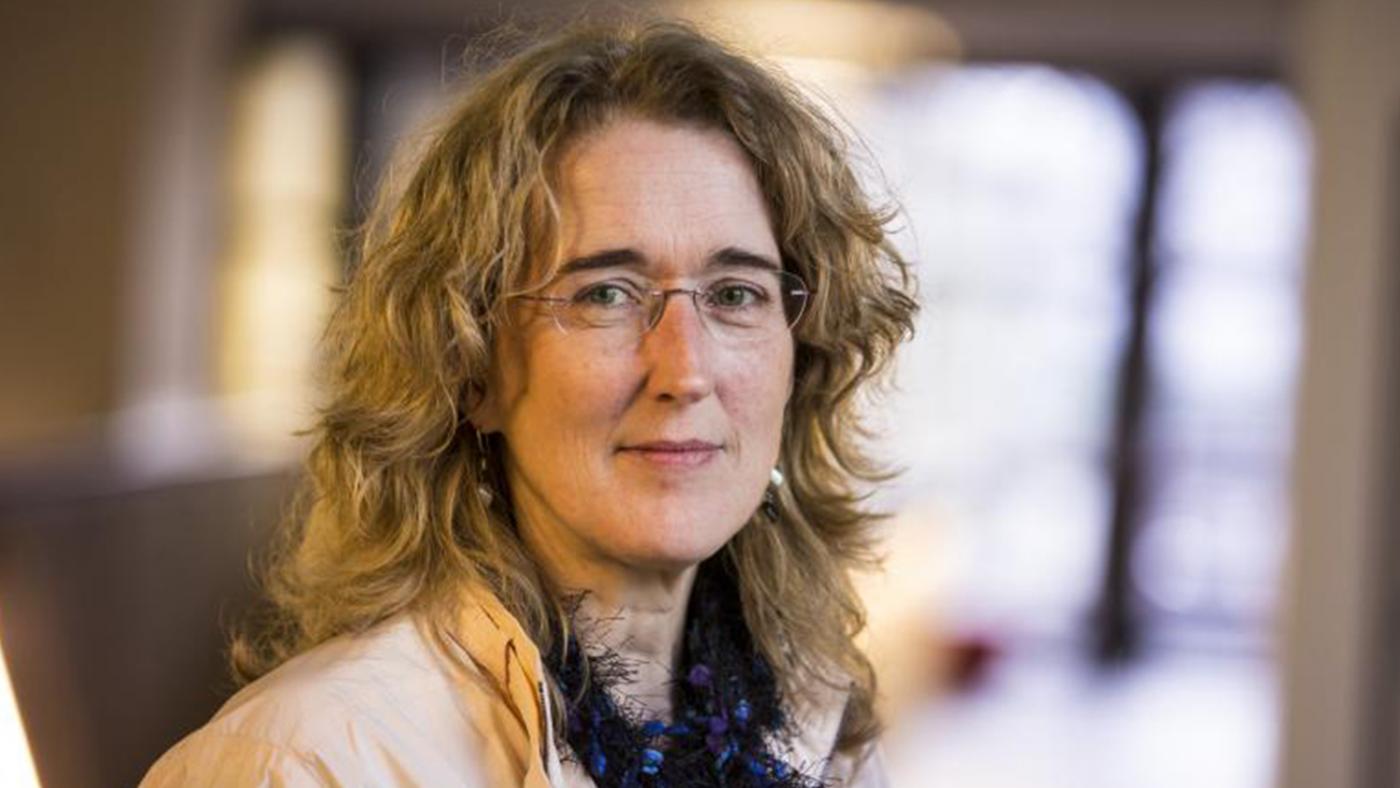Utrecht scientists plan to use live vaccine against corona

The idea is simple and comes from the way polio was handled, after which it disappeared: Albert Sabin discovered about 75 years ago that a weak brother of the aggressive polio virus led to protection against that dangerous virus. In this way, infections such as chicken pox, mumps, and rubella have been dealt with for years using the principle of a live attenuated virus as a vaccine.
Braakman: "The pandemic is an opportunity and nature is the laboratory for the coronavirus. We need to find a mild form of the virus that protects against Covid-19." Because, Braakman observes, in some areas or communities people hardly get ill from the virus. To find out whether this is because they become ill from an attenuated virus, you not only have to test whether people have the virus, but also which virus they have and link this to the course of their illness.
Corona parties
If it is clear who is infected with the protective weak corona brothers, you can make sure that you get infected as a result as well. You then get the illness in light form and would be immune to a stronger variant. She's referring to Mark Rutte's first press conference, who at the time said to strive for group immunity. "Then all of a sudden those coronavirus parties would be a good idea."
"When I was growing up, before there were vaccines, it was quite normal that you intentionally played with children who had chicken pox or measles (and weren't very sick from it) so that you got it as well: the younger the better, and then you would be immune."
Not a time-consuming process
Scientists believe that it is especially in times of corona that this approach can provide a quick and effective solution. Braakman: "You don't have to go through the time-consuming process of developing a vaccine as is customary now. You just have to do tests to analyse where the mild virus reigns and whether it protects against the SARS-CoV-2. We suggest testing all virus samples that have already been taken as well as those that are still being taken. But also to investigate it prospectively, so to go to, for example, nursing homes in Groningen and Friesland ahead of time, where the virus has barely arrived and where you can monitor exactly who becomes ill from which virus from the first infection."
Collaborating with companies
The idea for the campaign comes from Eelco van Anken. This cell biologist obtained his PhD under Braakman in Utrecht and is now based in Milan. Braakman and her colleague Peter
van der Sluijs were enthusiastic. Together with 24 other scientists, they wrote an article in which they argue for this approach. Braakman: "At the moment, there is a huge number of viruses available as a result of the tests. You would have to identify them (sequence their genome) and link them to information about the course of the illness. Which viruses are relatively harmless? Do they protect? And can we use them to make people immune?"
From Milan, Van Anken has extensive contact with French, Italian, Australian, and American researchers and companies, each of which is working on this initiative in its own country. Along with Van Anken, Braakman has contact in the Netherlands with, among others, the company GenomeScan and the chemical company DSM. Both are willing to think along and possibly cooperate.
Centrally coordinated
The testing and analysing of the virus is not difficult and, according to Braakman, could also take place partly in the Kruyt building. For this purpose, it is necessary to search for the weak brothers on a large scale. That's why she manifests herself in the media, like in the news programme EenVandaag, to get everyone on board, from the people who have the information about the illness to the people who perform the tests and keep the samples.
"They're still focusing on the short term too much," she says. "Very understandable, because we were in a crisis. But if this is will be centrally coordinated, you can quickly take steps and involve people who are not overburdened. It is then essential that it is not patented, just as Sabin refrained from patenting it. This should be accessible to everyone in the fu